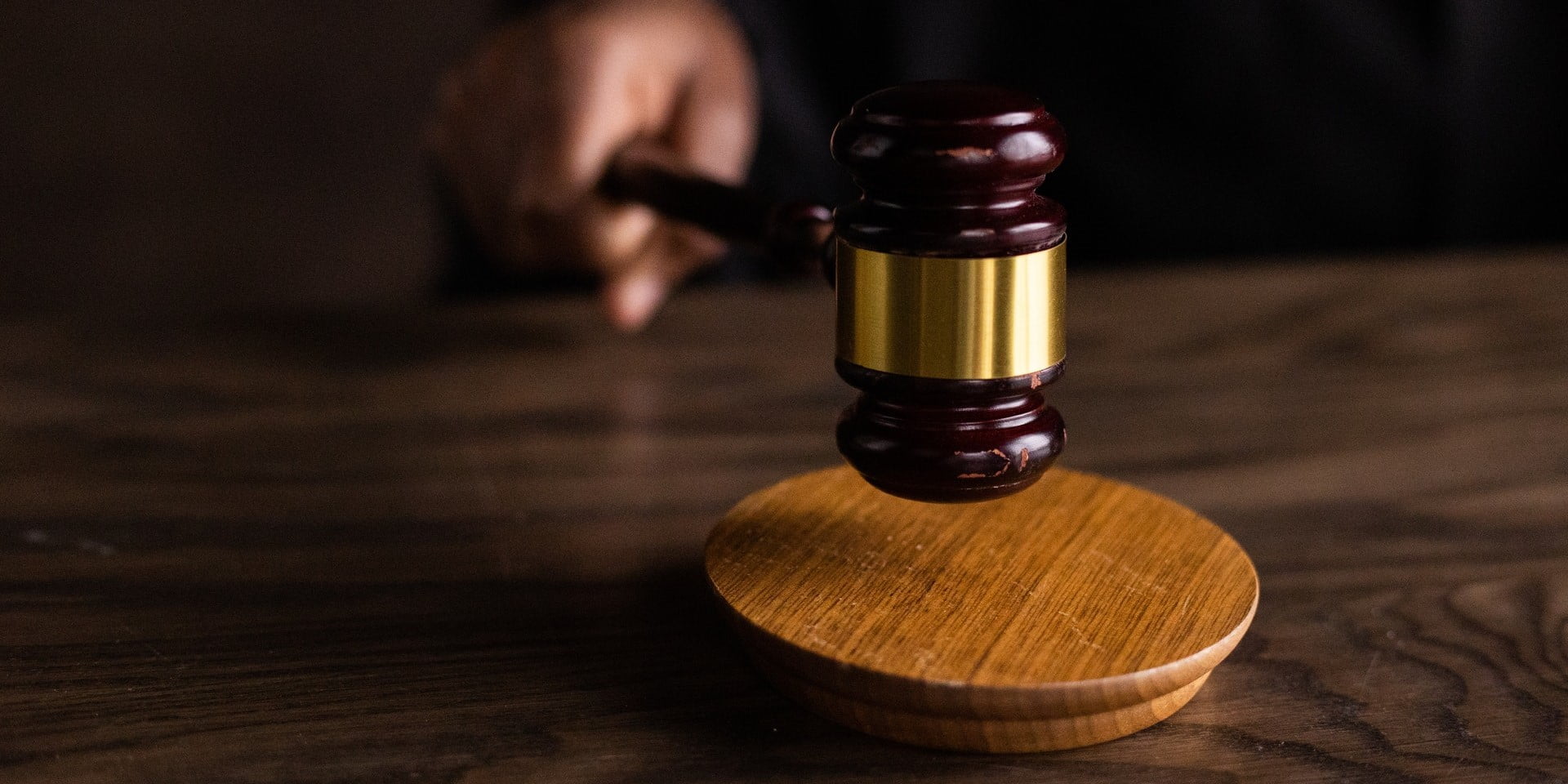About Panchnama
- The word PANCHNAMA literally means “record of observation by five people”.
- A Panchnama is a document having legal bearings that records evidences and findings that an officer makes at the scene of an offence/crime.
- However, it is not only the recordings at the scene of a crime; it can be anywhere that may be related to the crime/offence and from where incriminating evidence is likely to be collected.
- The word Panchanama is not used as such or defined particularly anywhere in any book of law, but the same can be read into Section 100 under Chapter VII of The Code of Criminal Procedure, 1973 (Cr.P.C.), which mandates an Investigating Officer to prepare PANCHNAMA.
- Reason behind the word “Panchanama”:
- In the ancient judicial system in India, the justice system at the lowest rung, i.e., village level, which is still the case in certain kinds of issues, was in the form of Panch, which is a group of five elected learned members of the village who would preside and decide over a dispute amongst the villagers.
- In the said system, the proceedings before the Panch that were recorded on paper, were often called a Panchanama.
- From this practice, the word was adopted for a document prepared by the investigating office noting facts and the proceeds of an investigation.
- There are different kinds of Panchnama prepared during an investigation, which are categorized as search, seizure, recovery, discovery, arrest, inquest, and test identification parade.
- Out of these, some are a part of the mandatory procedures laid down in different provisions of the Cr.P.C and others are performed to the establish genuineness of the investigation.
- Contents of Panchanama:
- There is no guidance or prescription about the contents of Panchanama under CrPC or any other statute.
- The witnesses are called “Panchas”.
- It is to be noted that the Panchas are to be two or more independent and respectable persons, i.e. persons who are not of disrepute.
- If there are no eyewitnesses to an offence and the case is totally based on circumstantial evidence, then such a Panchanama is of immense value.
- The Panch (witness) can refresh his memories while giving evidence in the Court as per Section 159 of the Indian Evidence Act, 1872.
- What is the need for the Panchanama?
- It is one of the essential parts of criminal as well as civil investigation procedures.
- In criminal investigation, it is used to support evidence of the investigation conducted at the crime scene, seizure, if any from accused, identification of the accused, etc.
- In civil cases, it is used to show that the decree has been executed by handing over possession of the property as directed in the decree.
- The provision of the Panchanama is made to convince the Court that the officer-in-charge has in fact carried out the investigation, search, or seizure or has acted upon the directions of the Court if so directed.
Q1) What is CrPC?
CrPC stands for the “Code of Criminal Procedure.” It is a legal code that provides a framework for the investigation, prosecution, and trial of criminal cases within India. The CrPC is a comprehensive legal document that outlines the procedures and rules that must be followed by law enforcement agencies, the judiciary, and other relevant parties involved in the criminal justice system.
Last updated on November, 2025
→ Check out the latest UPSC Syllabus 2026 here.
→ Join Vajiram & Ravi’s Interview Guidance Programme for expert help to crack your final UPSC stage.
→ UPSC Mains Result 2025 is now out.
→ UPSC Notification 2026 is scheduled to be released on January 14, 2026.
→ UPSC Calendar 2026 is released on 15th May, 2025.
→ The UPSC Vacancy 2025 were released 1129, out of which 979 were for UPSC CSE and remaining 150 are for UPSC IFoS.
→ UPSC Prelims 2026 will be conducted on 24th May, 2026 & UPSC Mains 2026 will be conducted on 21st August 2026.
→ The UPSC Selection Process is of 3 stages-Prelims, Mains and Interview.
→ UPSC Result 2024 is released with latest UPSC Marksheet 2024. Check Now!
→ UPSC Prelims Result 2025 is out now for the CSE held on 25 May 2025.
→ UPSC Toppers List 2024 is released now. Shakti Dubey is UPSC AIR 1 2024 Topper.
→ UPSC Prelims Question Paper 2025 and Unofficial Prelims Answer Key 2025 are available now.
→ UPSC Mains Question Paper 2025 is out for Essay, GS 1, 2, 3 & GS 4.
→ UPSC Mains Indian Language Question Paper 2025 is now out.
→ UPSC Mains Optional Question Paper 2025 is now out.
→ Also check Best IAS Coaching in Delhi

















